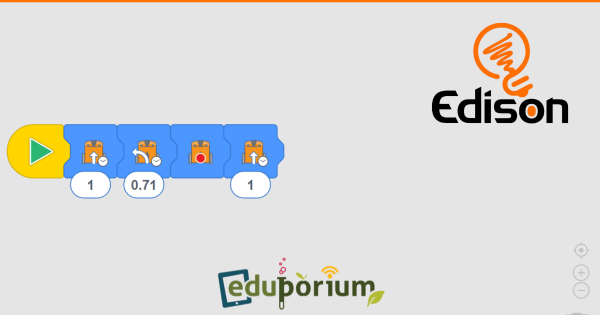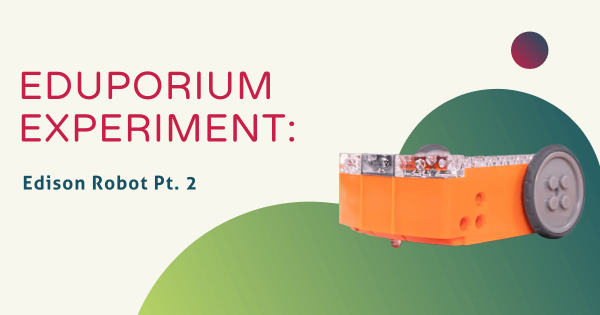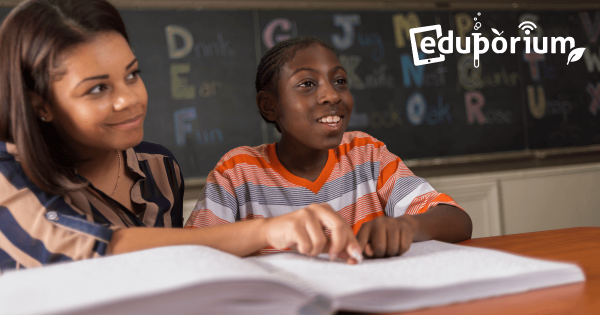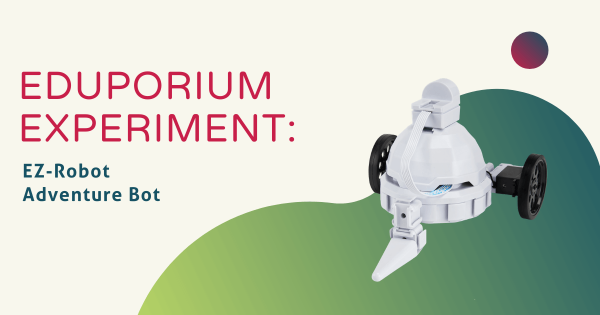Microbric, the creators of the Edison Robot, recently released a new programming language for Edison known as EdScratch! With EdScratch, which is based on MIT’s Scratch language, students can practice drag-and-drop programming with a lot of functionality and we’re here to make sure you know about it and encourage you to give it a try!
Blockly
Blockly is one of the most accessible coding environments for kids who are just starting out. In fact, many of the top educational robotics and coding solutions available to educators incorporate Blockly coding. Specifically for children in the elementary grades, block-based coding offers an ideal start as they first explore programming. And, thankfully, there's no shortage of physical and digital classroom STEM tools with Blockly elements in them. It's one of the first coding languages kids tend to try and it revolves largely around one simple concept. Students can leverage on-screen blocks of real code that represent certain movements, actions, or animations for a robot or other device to perform. By piecing them together in a logical format, they can start to create programs. And, from there, they'll begin to cement their computer science foundation as they discover how to create logical programs.
Blockly isn't the only beginner-level coding environment kids could explore but it is among the most common. Using these simple code clusters, children can take control of the many functions of a robot. With block code, kids can write programs with various elements (starting with basics, like movement or lights) and get more intricate as they develop. Some of the more complex opportunities for coding with Blockly can also involve integers, functions, logic, loops, and variables. And, many of the best robotics tools for elementary students involve this type of programming. Two of the most effective include the Ozobot Evo (and its custom OzoBlockly environment) and the Dash Robot with its array of coding apps. From there, kids can then explore different areas of block code with many classroom robots. They include the Root Robot, Finch 2.0, Edison Robot, Cubelets Robots, micro:bit V2, and more!
-
Eduporium Experiment | Edison Robot Pt. 2
Edison is the perfect teaching tool for STEM activities since it’s so incredibly versatile. A while ago—about a year now at this point—we were introduced to the Edison Robot and did a nice little write-up on it in what you now know as the Eduporium Experiment. Now, it’s revamped, however, and we’ve got some new stuff to cover, so here -
We Bet You Didn't Know These Ways of Teaching Coding
Whether it’s because of a lack of good resources, lack of funds, or lack of knowing how easy it is to get started, many school and district leaders do not provide their students with CS education opportunities. Luckily, coding is becoming easier to learn, which also means it’s become easier to teach. While they may seem unlikely, here are some -
Eduporium Experiment | EZ-Robot Adventure Bot
We have discovered more STEM products in the EZ-Robot line and have added all of them to our store. The EZ-Robot team really has thought of everything—well, just about everything. Joining the original models are a Battle Flipper, Galapagos Bot, and the subject of this week’s Eduporium Experiment—the EZ-Robot Adventure Bot. -
Eduporium Weekly | How Kids Can Prepare For Future Careers
It’s time to dive a bit deeper into the top STEAM careers of tomorrow—the most profitable tracks, the skills students will need and the jobs robots will not be able to steal. One of the biggest fears facing the world today is the fact that robots seem poised to one day take over a great deal of our jobs at
Page
- Page Previous
- Page 1
- Page 2
- You're currently reading page 3








